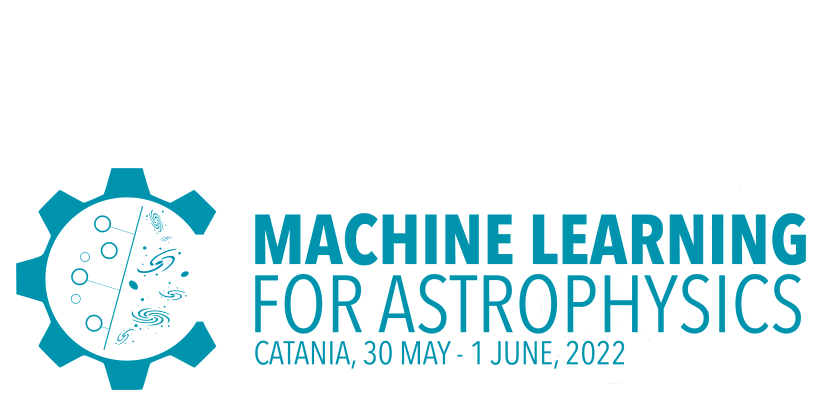Speaker
Description
In recent years, the amount and quality of galaxy survey data have increased, requiring more precise and efficient methods for data analysis. Imaging galaxy surveys require precise photometry and photometric redshifts measurements, which are crucial for an extensive set of science applications.
In previous work, we developed Lumos, a deep learning-based algorithm to predict the flux probability distribution of single exposure galaxy images. This method has been tested on the Physics of the Accelerating Universe (PAUS) data, an imaging survey observing with a 40 narrow-band filters camera covering a wavelength range from 4500A to 8500A.
On PAUS observations in the COSMOS field, Lumos increased the SNR of the observations by a factor of 2 compared to an aperture photometry algorithm and has proven more robust towards distorting effects as e.g. blended galaxies, cosmic rays, and scattered light.
We have extended Lumos to predict multi-band photometry and the photometric redshift directly from the astronomical images. In contrast to Lumos, this network uses information from all the narrow-band images observed for one galaxy to predict the photometry in all of the narrow bands. This enables the network to exploit the correlations between independent images of the same galaxy (e.g. the underlying SED or the fact that the galaxy has the same morphology in all images). On PAUS image simulations, this increases the precision of the photometry measurements by a factor of ~4.
Furthermore, the network also uses the information from all the images of one galaxy to predict its photometric redshift. In this way, the network has access to additional information beyond the photometry, e.g. the galaxy morphology and nearby sources or artefacts that may be affecting the image. Moreover, as the network directly works on the galaxy images, it has the potential of detecting spurious effects that could affect the photo-z predictions.
The network also internally co-adds several exposures of the same galaxy in the same band. This enables a more flexible method that can detect problematic observations already at the image level, enabling a more optimal combination of exposures. The network's architecture allows for a different number of exposure images per galaxy and band using an adaptive-pooling layer.
On PAUS simulations, we obtain a photo-z scatter of sigma(z) / (1+z) < 0.01 for a test sample to i_AB <22.5. It also increases the photometry precision by a factor of ~4 at the bright end (i_AB < 20) and ~2 at the fainter end (i_AB > 22) with respect to single-band photometry.
| Main Topic | Deep learning |
|---|---|
| Secondary Topic | Classification and regression |
| Participation mode | In person |

